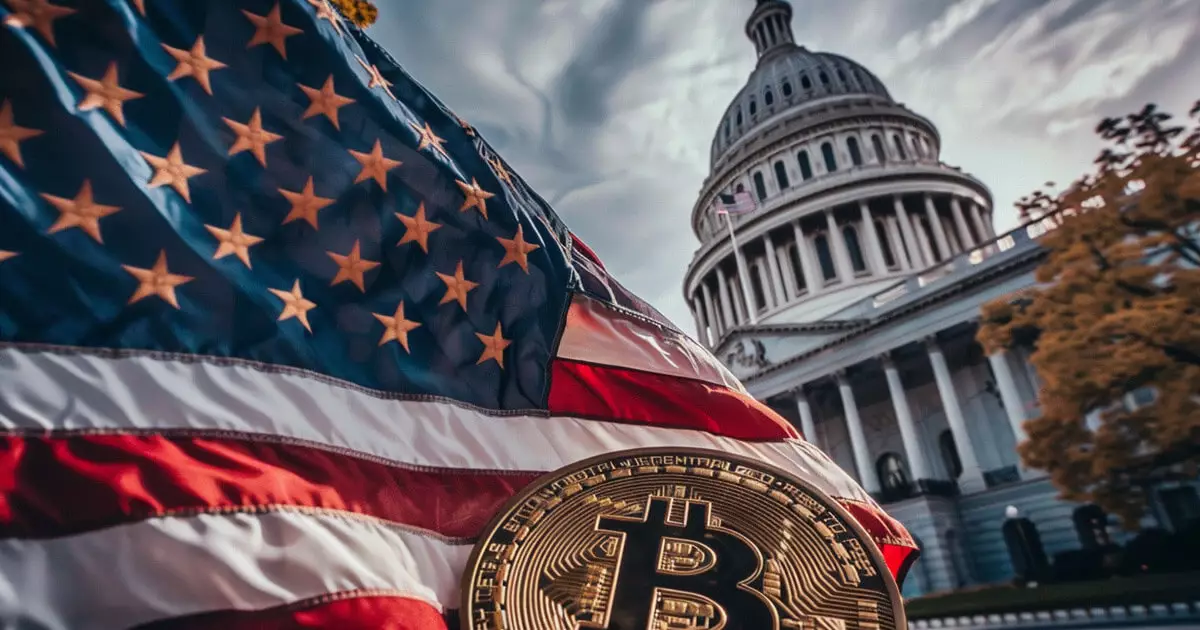As the digital currency market continues to expand rapidly, the need for clear and comprehensive regulations becomes increasingly essential. Among the leading voices advocating for legislative clarity is Congresswoman Maxine Waters, who serves as the top Democrat on the House Financial Services Committee. Waters has recently urged for a bipartisan agreement regarding stablecoins by the end of 2024. This call for action highlights a crucial moment for policymakers as they strive to balance innovation with consumer protection in the fast-evolving cryptocurrency space.
During a committee meeting that took place on September 24, Waters articulated her optimism regarding the ability of Democrats and Republicans to reach a consensus on stablecoin regulation. This proposal is rooted in her belief that the current landscape is ripe for a “grand bargain” that encompasses not only stablecoins but also other legislative priorities that have long been on the docket. This bipartisan collaboration is essential to create a cohesive framework that accounts for both industry growth and the protection of consumers.
Waters, alongside her Republican counterpart, Rep. Patrick McHenry, has been engaged in discussions surrounding the regulation of stablecoins since 2022. Their collaborative efforts reflect a shared recognition of the potential benefits of stablecoins—digital assets designed to maintain a stable value—alongside the inherent risks they pose. The aim is to craft regulations that will not stifle innovation while ensuring robust protections for users and investors.
While progress has been made, challenges remain. The proposed stablecoin legislation has encountered hurdles primarily due to disagreements over provisions allowing state regulators to oversee stablecoin issuances independently of the Federal Reserve. Waters has voiced her apprehension regarding this aspect, calling it “deeply problematic.” The dilemma underscores the complexities of regulatory oversight in an area that intersects state and federal jurisdictions.
Furthermore, Waters has emphasized the necessity of stablecoins having secure underlying reserves, such as short-term Treasury bills, to ensure their stability. She insists that the Federal Reserve must be prominently involved in the regulatory process, similar to the frameworks employed by other global economies. These considerations reflect a broader understanding that stability in the financial technology sector cannot be compromised in the push for innovation.
Compounding the challenges of stablecoin regulation is the scrutiny faced by the U.S. Securities and Exchange Commission (SEC). During the recent hearing, all five SEC commissioners were present to face inquiries from lawmakers regarding the agency’s handling of digital assets. The criticism aimed at the SEC centers on what many perceive as a “regulation by enforcement” approach, which has left the industry grappling with uncertainty and confusion.
Commissioner Hester Peirce, in her testimony, concurred with lawmakers who expressed frustration over the SEC’s vague regulatory stance. She highlighted that the SEC possesses the necessary tools to provide regulatory clarity but has choose not to wield them effectively. This environment of ambiguity regarding token classification and regulatory guidelines has fostered an atmosphere of confusion within the market, which Peirce argues needs to be rectified to pave the way for clearer secondary sales and platform listings.
With the legislative session winding down, the urgency for Congress to pass significant bills related to digital assets is palpable. McHenry’s FIT21 bill, which seeks to establish a clear market structure for cryptocurrencies, could serve as a pivotal piece of legislation in this endeavor. As both parties work towards a consensus, the interaction between the proposed stablecoin regulations and broader regulatory frameworks will be crucial to establishing an efficient and secure digital economy.
The conversation surrounding stablecoin regulation is far from complete, but it is evolving. Both Waters and McHenry’s bipartisan efforts underline the necessity of cooperation in addressing the complexities of digital currencies. As stakeholders in the financial system advocate for greater clarity and more robust protections, the potential for a more secure and well-regulated digital landscape is not only a possibility but a necessity for the future of finance.















Leave a Reply